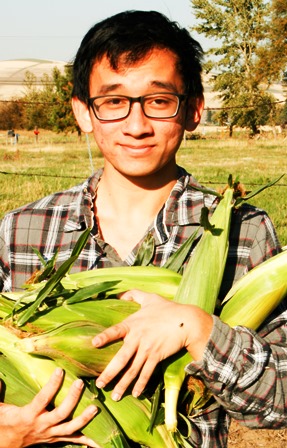
The largest contribution of gleaned food at Fish Food Bank came from cull pick-ups. After farmers markets, growers usually have produce that will not last until the following market, which can be culled. These cull pick-ups were regularly scheduled for Monday or Tuesday – as soon after a weekend market as possible—because the food bank then receives the food when it is still relatively fresh and the farmer can begin stocking for the next market. Access to adequate transportation such as a bread truck or a large van is essential for optimizing these pick-ups. The farm requiring the coordinator to drive the greatest distance to glean culled produce was located 40 miles away. Therefore making that trip worthwhile meant gathering at least 600 pounds or more. The vast majority of farms and gardens where the coordinator visited were located within 10 miles of the food bank.
When working with commercial farmers, gleaning directly from the field was much less common because it meant that the farmer had sowed more seed than he or she wanted to harvest. When gleaning from a commercial or residential orchard, however, this was not the case. The orchardists would typically allow the gleans to pick any fruit still remaining on the trees.


